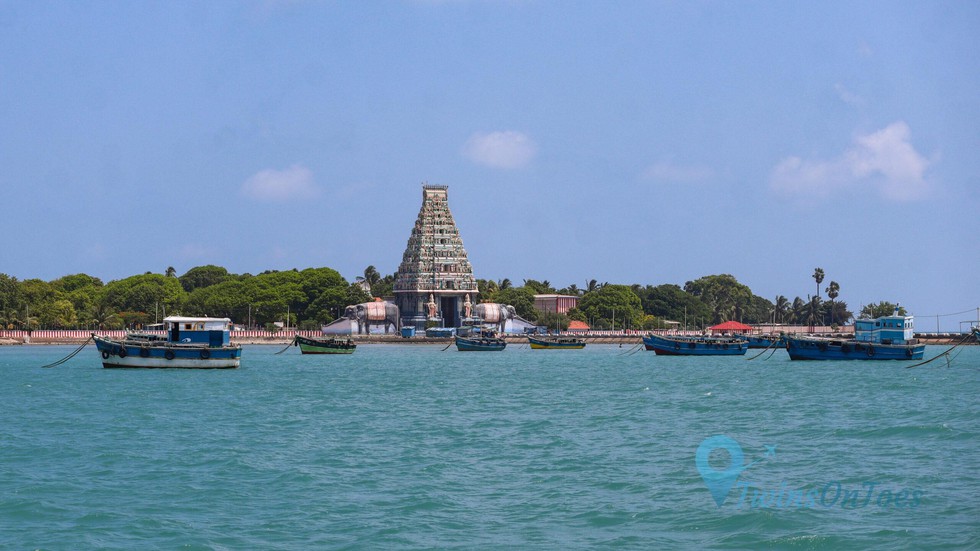
About Nainativu Island:
- It is located in the Palk Strait, the stretch of sea that separates Sri Lanka from southern India.
- It’s close to the famous island of Delft (also known as Neduntheevu).
- This tiny island is fairly close to the northern Sri Lankan city of Jaffna.
- It is an important pilgrimage place for both Hindus and Buddhists.
- Historical significance: Historians note the island is mentioned in the ancient Tamil Sangam literature where it was mentioned as Manipallavam
- Nagapooshani Amman Kovil, a historic Hindu temple dedicated to the principal goddess of Tamil Hindus, Amman is located in this Island.
- She is identified with the famous Tamil deity Meenakshi from Madurai from mainland India.
- The Mahavamsa, which is literally the 'Great Chronicle', was composed by the Monk Mahanama in the 6th century A.D.
- According to the chronicle, the Buddha came to this Island, literally meaning 'Serpent Island', on his second visit to Sri Lanka, five years after attaining enlightenment.
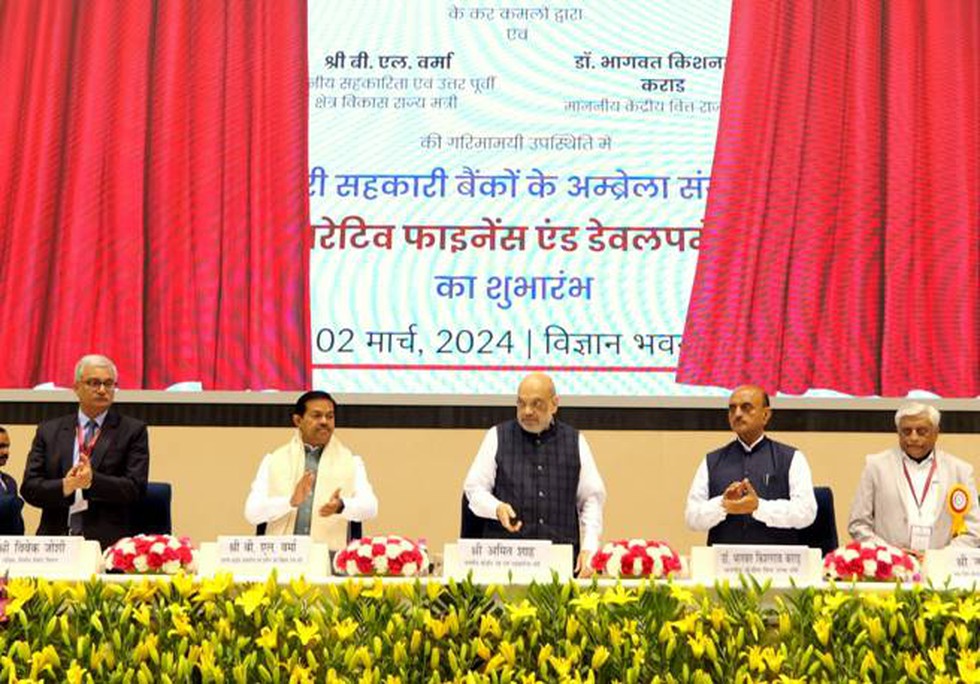
About National Urban Co-operative Finance and Development Corporation:
- It is the umbrella organisation for the Urban Cooperative Banks.
- Aim: It aims to ensure specialized functions and services to cooperative banks, facilitate communication between banks and regulators and address challenges faced by Urban Cooperative Banks.
- Also to modernize and strengthen the Urban Cooperative Banking Sector, which will benefit both the banks and their customers.
- It has received a Certificate of Registration from the Reserve Bank of India to operate as a Non-Banking Finance Company
- It will also operate as a Self-Regulatory Organisation for the sector.
Key facts about Urban Cooperative Banks (UCBs)
- UCBs are registered as cooperative societies under the provisions of either the State Cooperative Societies Act of the State concerned or the Multi State Cooperative Societies Act, 2002.
- They are regulated and supervised by the Registrar of Cooperative Societies (RCS) of State concerned or by the Central Registrar of Cooperative Societies (CRCS), as the case may be.
- They primarily operate in urban and semi-urban regions of India.
- Functions:
- These entities cater to banking requirements of small businesses, individuals, and communities.
- Services include deposit accounts, loans, remittances, and other financial products and services.
- At present, there are over 1,500 scheduled and non-scheduled Urban Cooperative Banks in India.
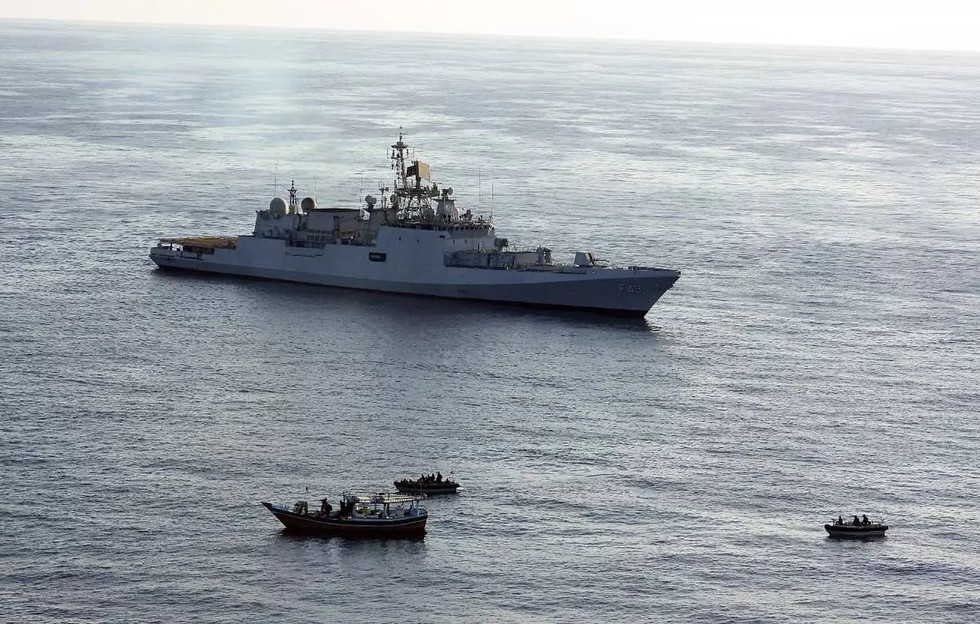
About INS Jatayu:
- It is the second Naval base in Lakshadweep after INS Dweeprakshak in Kavaratti.
- With the commissioning of INS Jatayu, the Indian Navy will strengthen its foothold in the Lakshadweep islands and along with extending operational surveillance, reach and sustenance.
- It will usher in a new era of capacity building and comprehensive development of the island territories.
- The event marks an important milestone in the Navy’s resolve to incrementally augment security infrastructure at the strategically important Lakshadweep Islands.
Key facts about Minicoy Island
- It is the southernmost island of Lakshadweep which straddles the vital Sea Lines of Communications (SLOCs).
- Naval Detachment Minicoy was set up in the early 1980s under the operational command of Naval Officer-in-Charge (Lakshadweep).
- Significance of the Naval Detachment:
- Basing of an independent Naval unit with requisite infrastructure and resources will enhance the overall operational capability of the Indian Navy in the islands.
- The base will enhance the operational reach and facilitate the Indian Navy’s operational effort towards Anti-Piracy and Anti-Narcotics Operations in the Western Arabian Sea. It will also augment the Indian Navy’s capability as the first responder in the region and augment connectivity with the mainland.
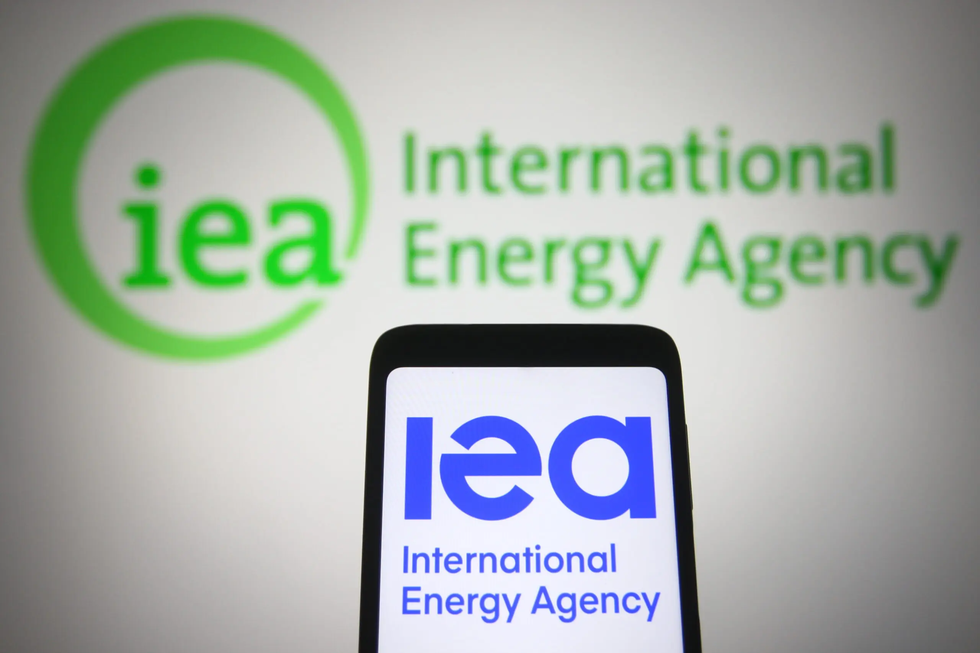
About International Energy Agency:
- It is an autonomous inter-governmental organisation within the Organisation for Economic Co-operation and Development (OECD) framework.
- Mission: It works with governments and industry to shape a secure and sustainable energy future for all.
- Background
- It was created in response to the 1973-1974 oil crisis when an oil embargo by major producers pushed prices to historic levels and exposed the vulnerability of industrialised countries to dependency on oil imports.
- It was founded in 1974 to ensure the security of oil supplies.
- Membership: It is made up of 31 member countries, 13 association countries, and 5 accession countries.
- Criteria for membership: A candidate country to the IEA must be a member country of the OECD. In addition, it must demonstrate several requirements.
- Crude oil and/or product reserves equivalent to 90 days of the previous year’s net imports, to which the government has immediate access (even if it does not own them directly) and could be used to address disruptions to global oil supply;
- A demand restraint programme to reduce national oil consumption by up to 10%;
- Legislation and organisation to operate the Co-ordinated Emergency Response Measures (CERM) on a national basis;
- Legislation and measures to ensure that all oil companies under its jurisdiction report information upon request;
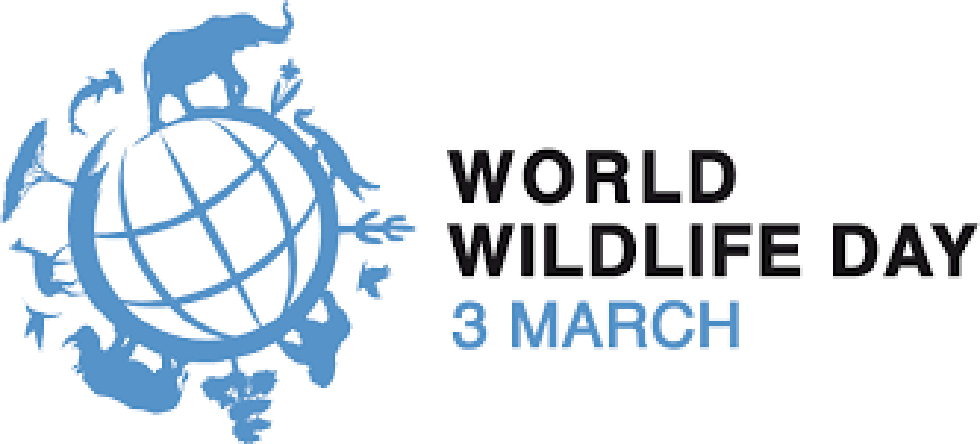
About World Wildlife Day:
- It is celebrated to promote sustainable practices that can help conserve biodiversity and raise public awareness of the need to protect and care for animals.
- It aims to raise awareness of the interconnectedness of all living things on our planet and to promote peaceful coexistence between humans and animals through activism, campaigning and education.
- History
- It was first proposed by Thailand to the UN General Assembly in 2013.
- The idea was to set aside a day to promote awareness of wild animals and plants around the world.
- The General Assembly adopted a resolution on 20 December 2013, designating March 3 as World Wildlife Day in 2014.
- The Convention on International Trade in Endangered Species of Wild Fauna and Flora (CITES), a global agreement to ensure that international trade in specimens of wild animals and plants does not threaten their survival, was signed on this day in 1973.
- Theme of WWD 2024: "Connecting People and Planet: Exploring Digital Innovation in Wildlife Conservation," highlights the potential of technology to advance conservation efforts.
- This theme is particularly relevant in today's digital age, where technological advances can offer novel solutions to long-standing conservation challenges.
- Significance
- It is an important global awareness event for the protection and conservation of animals.
- It serves as a reminder of the inherent value of animals and the need to treat them with kindness, decency and respect.
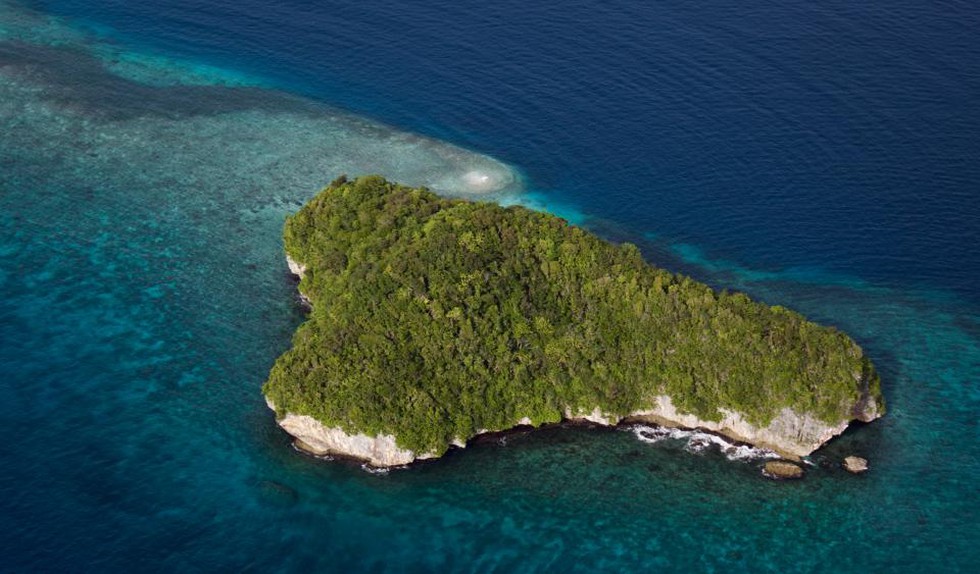
About Small Island Developing States (SIDS):
- SIDS are a distinct group of 39 States and 18 Associate Members of United Nations regional commissions that face unique social, economic and environmental vulnerabilities.
- The three geographical regions in which SIDS are located are: the Caribbean, the Pacific, and the Atlantic, Indian Ocean and South China Sea (AIS).
- SIDS were recognized as a special case both for their environment and development at the 1992 United Nations Conference on Environment and Development held in Rio de Janeiro, Brazil.
- They are highly vulnerable developing countries as they suffer from low economic diversification, often characterised by high dependence on tourism and remittances, volatility due to fluctuations in private income flows and the prices of raw materials, and debt stress situations.
- For SIDS, the Exclusive Economic Zone (EEZ)—the ocean under their control—is, on average, 28 times the country’s land mass.
- Thus, for many SIDS, the majority of the natural resources they have access to come from the ocean.
- UN Programmes of Action in Support of SIDS:
- Barbados Programme of Action: In 1994, the Barbados Programme of Action (BPoA) prescribed specific actions that would enable SIDS to achieve sustainable development. The Conference also adopted the Barbados Declaration, a statement of political will underpinning the commitments contained in the BPoA.
- Mauritius Strategy: In 2005, the Mauritius Strategy for further implementation of the BPoA was adopted to address remaining gaps in implementation.
- SAMOA Pathway (2014): The SAMOA Pathway recognizes the adverse impacts of climate change and sea-level rise on SIDS’ efforts to achieve economic development, food security, disaster risk reduction, and ocean management, among other challenges.
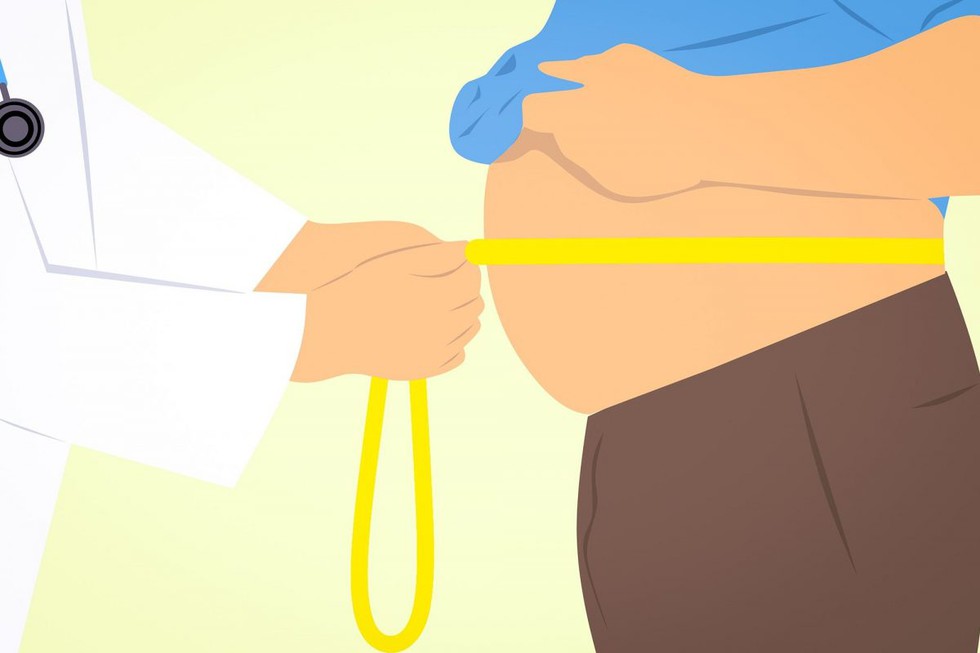
About Obesity:
- Obesity is defined by excess body fat (adipose tissue) that may impair health.
- It is a long-term (chronic) health condition that progresses over time.
- Causes:
- Obesity is the result of an imbalance between daily energy intake and energy expenditure, resulting in excessive weight gain.
- It is a multifactorial disease caused by a myriad of genetic, cultural, and societal factors.
- Various genetic studies have shown that obesity is extremely heritable, with numerous genes identified with adiposity and weight gain.
- Other causes of obesity include reduced physical activity, insomnia, endocrine disorders, medications, the accessibility and consumption of excess carbohydrates and high-sugar foods, and decreased energy metabolism.
- Healthcare providers commonly use the Body Mass Index (BMI) to define obesity in the general population.
- A BMI over 25 is considered overweight, and over 30 is obese.
- Obesity is associated with cardiovascular disease, dyslipidemia, and insulin resistance, causing diabetes, stroke, gallstones, fatty liver, hypoventilation syndrome, sleep apnea, and cancers.
- It is the second-most common cause of preventable death after smoking.
- Obesity needs multiprong treatment strategies and may require lifelong treatment.
What is Body Mass Index (BMI)?
- It is a person’s weight in kilograms divided by the square of their height in meters. For example, a BMI of 25 means 25 kg/m2.
- For most adults, an ideal BMI is in the 18.5 to 24.9 range.
- A high BMI can indicate high body fatness.
- BMI screens for weight categories that may lead to health problems, but it does not diagnose the body fatness or health of an individual.
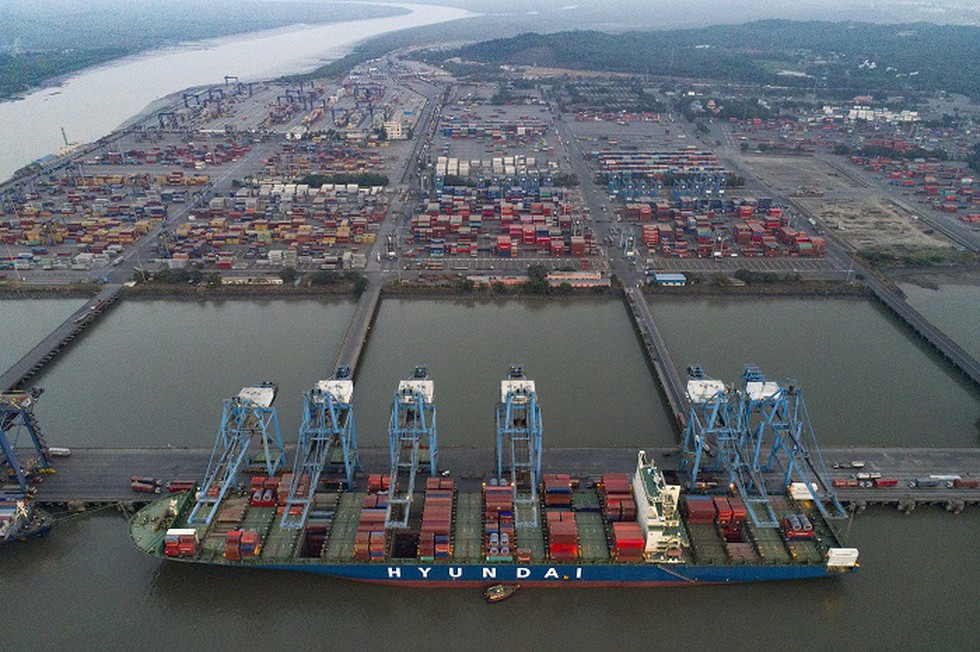
About Nhava Sheva Port:
- The Port of Nhava Sheva lies to the east of the Port of Mumbai, about six nautical miles away across Thane Creek on the Arabian Sea.
- It is also commonly known as the Jawaharlal Nehru Port, as it is run by the Jawaharlal Nehru Port Trust.
- It is known to be the busiest port in India and deals with almost half of the country’s imports and exports.
- The Port of Nhava Sheva and the Port of Mumbai have a common entry channel that stretches about 21 kilometres (33.9 miles) and at a depth of 10.1 to 11 metres (33 to 36 feet).
- The Port of Nhava Sheva was commissioned in 1989 as a satellite port to relieve the Port of Mumbai from heavy congestion.
- As a small port in its early years, it only had single terminals for bulk cargos and containers.
- It has since expanded to include five privately-operated port terminals for containerized cargo handling and also a facility for handling bulk liquid cargo.
- It is recognized as one of the top 30 global container ports in terms of size and capacity.

About Press and Registration of Periodicals Act (PRP Act), 2023:
- It has replaced the colonial era Press and Registration of Books Act dating back to 1867.
- The office of Press Registrar General of India – PRGI (erstwhile Registrar of Newspapers for India – RNI) shall be carrying out the purposes of the new Act.
- It provides for an online system for facilitating the registration of newspapers and other periodicals in the country.
- The new system replaces the existing manual, cumbersome processes involving multiple steps and approvals at various stages, which were causing unnecessary hardships to the publishers.
- The Ministry of Information and Broadcasting launched the Press Sewa Portal (presssewa.prgi.gov.in), the online portal of the Press Registrar General, for receiving various applications as mandated by the new Act.
- All applications, including the intimation by the printer of a periodical, application for registration of a facsimile edition of a foreign periodical, the application by a publisher for obtaining a certificate of registration of a periodical, application for revision of certificate of registration, application for transfer of ownership of periodicals, furnishing annual statement by the publisher of a periodical, and procedure for desk audit for verification of circulation of a periodical will be online through the Press Sewa Portal.
- Accordingly, publishers intending to bring out periodicals need to register their titles before publishing them.
- Notably, the PRP Act exempts books and journals from the purview of registration necessitated by the old PRB Act, focusing solely on periodicals, which are defined as publications, including newspapers, published and printed at regular intervals containing public news or commentary, but excluding scientific, technical, and academic books or journals.
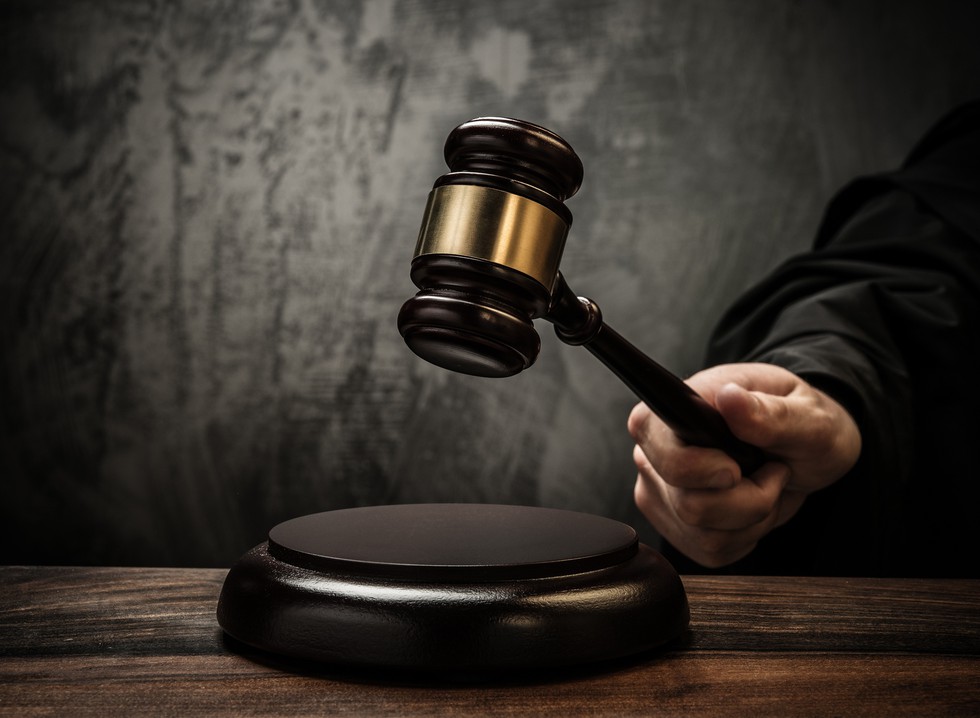
About Plaint:
- A plaint is a legal document that contains the claims made by the plaintiff when they bring a case to a civil court. (A plaintiff is a person who brings a civil action in a court of law).
- It serves as the initial step in starting a lawsuit.
- In fact, in the very plaint, the contents of the civil suit are laid out.
- Through such a plaint, the grievances of the plaintiff are spelled out, as well as the possible causes of action that can arise out of the suit.
- A plaint which is presented to a civil court of appropriate jurisdiction contains everything, including facts to relief that the plaintiff expects to obtain.
- Order VII of the Code of Civil Procedure (CPC) particularly deals with a plaint.
- A few of the essentials of a plaint implicit in itself are those only material facts, and not all facts or the law as such is to be stated, the facts should be concise and precise, and no evidence should be mentioned.
- Particulars of a Plaint (Rules 1 to 8 of Order VII of the CPC):
- The name of the civil or commercial court where the lawsuit will be filed.
- Information about the plaintiff, including their name, address, and description.
- Details about the defendant, including their name, residence and description.
- If the plaintiff has any health issues or disabilities, these should be mentioned.
- The facts that give rise to the cause of action and where this cause of action occurred.
- Facts that help determine the court’s jurisdiction.
- Information about the relief or remedy the plaintiff is seeking from the court.
- If the plaintiff wants to set off a portion of their claim, the amount allowed should be stated.
- The value of the subject matter of the suit, not just for jurisdiction but also for court fees.
- Verification by the plaintiff under oath.


























































































































































.png)
.png)
.png)
.png)
.png)


.png)
.png)
.png)





.png)
.png)






.png)
.png)
.png)
.png)
.png)
.png)
.png)
.png)
.png)

.png)







.png)
.png)


.png)
.png)
.png)


.png)

.png)
.png)





.jpg)

.png)
.png)


.png)

.png)
.png)
.png)

.jpg)

.jpg)


.png)

.png)
.png)
.png)
.png)
.png)
.png)
.png)
.png)
.png)
.png)




.png)

.png)





.png)
.png)
.png)
.png)
.png)
.png)
.png)
.png)
.png)
.png)
.jpg)
.jpg)

.png)
.png)
.png)
.png)
.png)
.png)
.png)
.png)
.png)
.png)
.png)
.png)
.png)
.png)
.png)
.png)
.png)
.png)
.png)
.png)
.png)
.png)



.png)
.png)

.jpg)
.jpg)


.jpg)
.jpg)
.jpg)
.jpg)
.jpg)

.jpg)








.jpg)
.jpg)
.jpg)
.jpg)
.jpg)

















.jpg)
.jpg)







.jpg)


















.jpg)
.jpg)






























































































.jpg)
.jpg)


























.jpg)

.jpg)










.jpg)








.jpg)




.jpg)










.jpg)


















.jpg)












































.jpg)














.jpg)
.jpg)
.jpg)





.jpg)

.jpg)
.jpg)





































































.jpg)


































.jpg)
.jpg)
















































.jpg)












.jpg)


.jpg)




.jpg)
.jpg)
.jpg)

.jpg)
.jpg)
.jpg)
.jpg)

.jpg)
.jpg)
.jpg)

.jpg)
.jpg)
.jpg)
.jpg)
.jpg)
.jpg)
.jpg)
.jpg)

.jpg)


.jpg)
.jpg)
.jpg)
.jpg)
.jpg)
.jpg)
.jpg)
.jpg)
.jpg)
.jpg)











.jpg)
.jpg)





.jpg)
.jpg)
.jpg)
























.jpg)
























.jpg)









.jpg)
.jpg)







.jpg)
.jpg)









































.jpg)
.jpg)
.jpg)
.jpg)
.jpg)

.jpg)
.jpg)
.jpg)
.jpg)
.jpg)


.jpg)
.jpg)
.jpg)
.jpg)
.jpg)

.jpg)
.jpg)
.jpg)
.jpg)
.jpg)
.jpg)
.jpg)
.jpg)
.jpg)
.jpg)
.png)

.png)
.png)

.png)
.png)
.png)
.png)


.jpg)
.jpg)

.jpg)
.jpg)
.jpg)

.png)
.png)
.png)
.png)
.png)
.png)
.png)

.png)
.png)
.png)
.png)
.png)
.png)
.png)
.png)
.png)
.png)





































































-min.png)



.png)




.png)








































